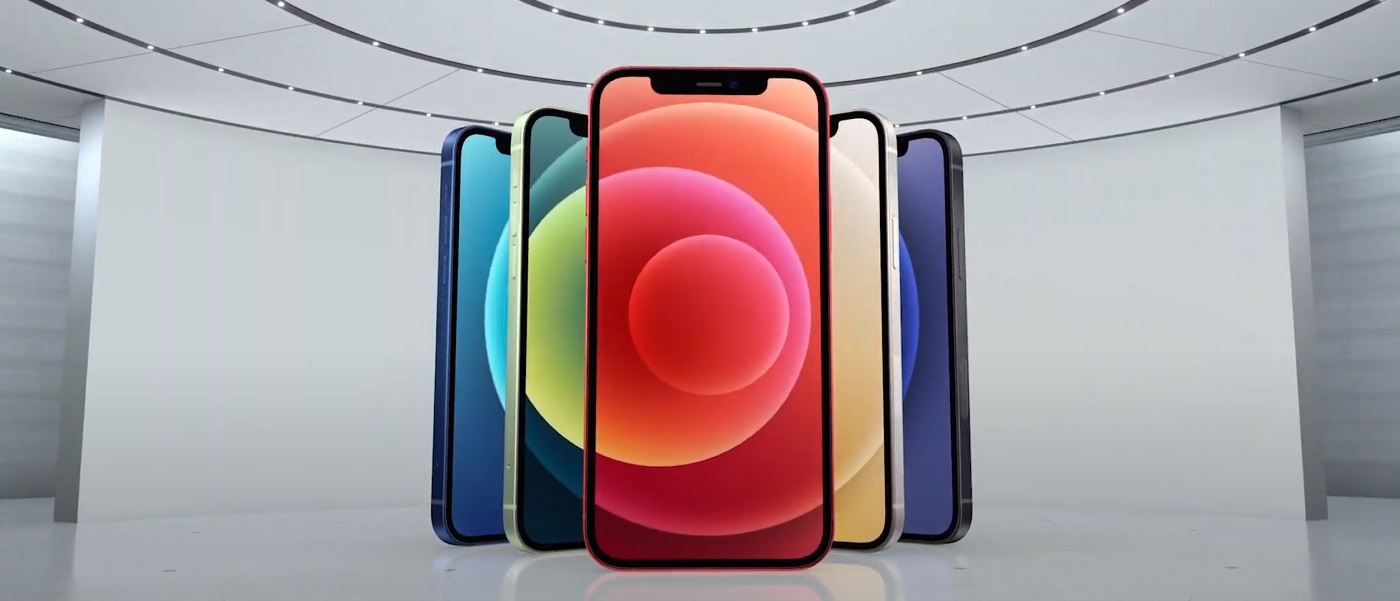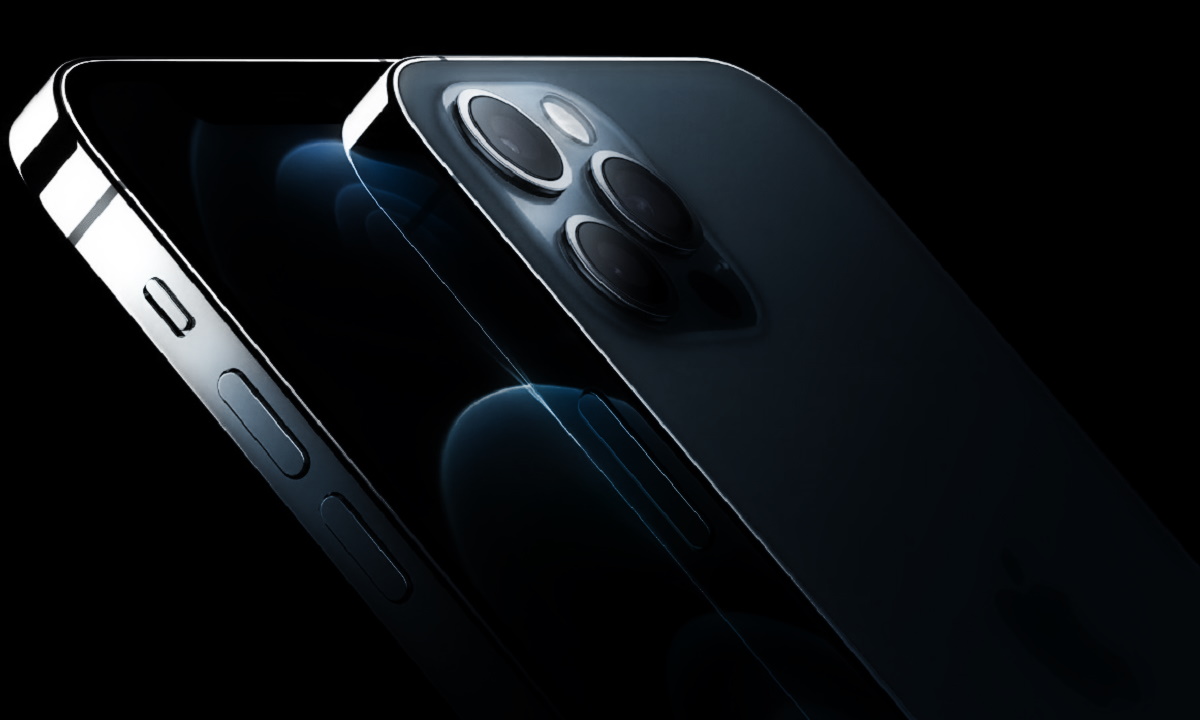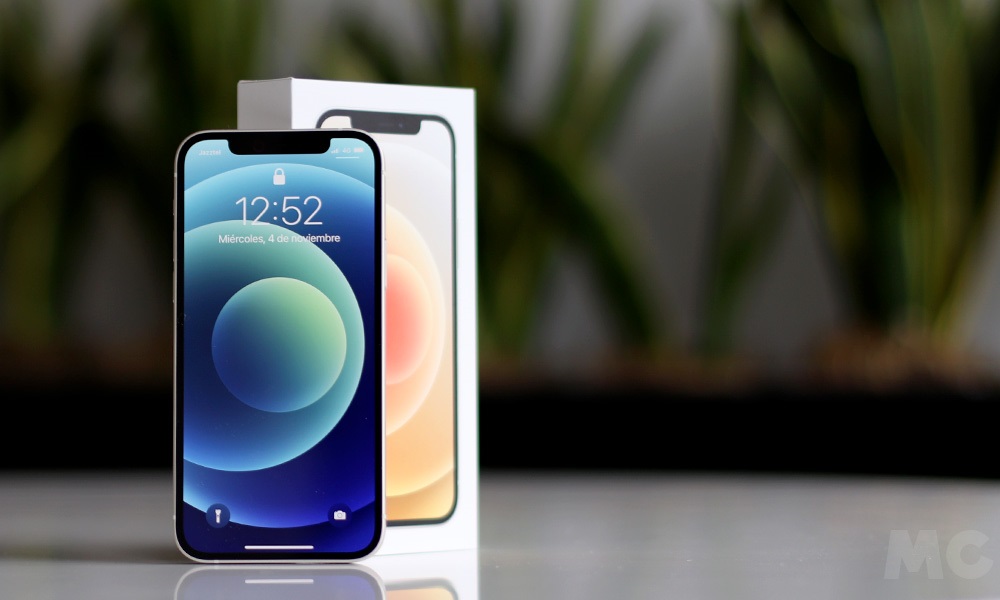What’s up with the iPhone 12?
- September 15, 2023
- 0
Although only three days have passed since the introduction of the iPhone 15, One of its predecessors, the iPhone 12, seems to be stealing some of its attentionespecially
Although only three days have passed since the introduction of the iPhone 15, One of its predecessors, the iPhone 12, seems to be stealing some of its attentionespecially

Although only three days have passed since the introduction of the iPhone 15, One of its predecessors, the iPhone 12, seems to be stealing some of its attentionespecially in France where it was decided temporarily ban its sale, a measurement that will determine that the level of radiation it emits is above the limits set by the European Union for this type of device. It is clear that the warning spread like an avalanche.
Talking about radiation is always a complicated subject and any measures taken to protect against the risks caused by it are undoubtedly pure common sense. I’ll start by saying this and what’s more, I’ll make it very clear The measure taken by the French executive seems to me perfectly correct. Furthermore, given that the measurement was carried out in the European Union and that the established safety threshold is common throughout the European area, I understand that the other member countries of the Union should act in the same way.
Now, assuming that the French action is unassailable, it is necessary to delve a little deeper into what happened, because in this case, when we are talking about radiation We have to consider two very important factors: type and performance. And not as a justification for Apple, mind you, I am not playing this role, but to reassure iPhone 12 users, many of whom are surely wondering right now whether their phone has compromised their health.

So the first thing is to talk about the type of radiation, remember that smartphone radiation is non-ionizing. For the purposes at hand, we can distinguish between non-ionizing and ionizing radiation in that the former does not have the energy necessary to remove electrons from atoms, something the latter does. Be careful, this does not mean that non-ionizing radiation is not dangerous, it just means that it is less dangerous and its level of danger is determined by its strength.
The European Union sets maximums for the amount of radiation that devices can emit in different usage scenarios. In this case, we are interested in the specific rate of absorption (SAR, Specific Absorption Rate), which measures the amount of radio frequency power absorbed by the head or other parts of the body with transmissions made by the device. More specifically, we need to focus on the maximum set in the EU for direct contact of equipment with limbs, which is 4 watts/kg.
The problem is that according to a recent measurement made by ANFR (Agence Nationale des Fréquences), The iPhone 12 returned a result of 5.74 watts/kg, which means it exceeds by 43.5% maximum allowed value. This is what the French regulator says in an official statement (in French) about this analysis:
«These phones are therefore subject to control measures by accredited laboratories, which allow ANFR to guarantee that the SAR values correspond to European regulations. These requirements mean that the devices are rated in contact with the body for “extreme” SAR, i.e. a phone held in the hand or in a trouser pocket, and at 5mm for “extreme” SAR, i.e. a phone carried by a person. in a jacket pocket or bag. They must therefore respect the prescribed limit values of 4 W/kg for SAR for “ends” and 2 W/kg for SAR for “hull”. The ANFR measurement revealed a “member” SAR value exceeding this limit of 5.74 W/kg. On the other hand, the “baseline” SAR values are consistent.»

Therefore, ANFR calls on Apple to recall all iPhone 12 units in the French market from the sales channel, a measure that doesn’t really have much scope, since the models currently sold by Cupertino in France are the iPhone 15, 14, 13 and SE. However, it also urges Apple to fix the issue as soon as possible or else remove all already sold units and that they are still in use, which would be a real problem for society.
This is undoubtedly the most important question and therefore the first to be answered. As I have already indicated, the radiation we are talking about is of the non-ionizing type, and at these levels of signal power, it has been most proven in rigorous scientific studies that it can cause some overheating of the tissues, which would be of low intensity.
Yet the European Union has set extremely low maximum levels to improve health, and only to that extent They are considered to be about 2% of the power that can be harmful. for a human being. We must also add that tests such as the one reported by ANFR are usually carried out by pushing the radiation level to the maximum, which is achieved by forcing the device to use the antenna at maximum power. which occurs only in time during the daily use of the device.

Does this mean we should trash our iPhone 12 immediately? No. So shouldn’t we be worried? Neither. As I said at the beginning, every body is a world, and although the maximum levels set by the European Union are well below the safety threshold, we cannot ignore the possibility that this volume of radiation could have a negative impact (albeit slightly, with almost complete probability) in some particular persons.
As mentioned above, the maximum levels breached in this test apply to the entire European Common Area, so other community leaders should follow suit. However, after the publication of this report The Ministry of Consumer Protection did not comment on the matter. neither through the press release space nor through his Twitter account, so we don’t know if he’s already considering taking any action in this regard.
The consumer association FACUA commented on the matter.asks an executive for a precautionary iPhone 12 recall, reminding affected users that “They could ask for a refund of the cost of the mobile phone, arguing that it violates Community regulations on electromagnetic emissions.«. In this message, he also calls on Apple to fix this problem as soon as possible.
The OCU also commented requesting a temporary recall of the iPhone 12, although in its statement it relativizes the risks of the radiation levels reported by ANFR, saying that they are not potentially dangerous. Similarly, they are also urging Apple to act quickly and fix this issue.
The wave levels offered by smartphones differ on the same day of logic. C’est sans doute à cause d’une mise à jour après sa sortie que l’iPhone 12 a dépassé le seuil authorized. And it’s a simple mission à jour that allows you to repeat yourself in line. pic.twitter.com/eW2LhPcHAs
— Jean-Noël Barrot (@jnbarrot) September 13, 2023
Although we have already clarified that the level of radiation found in the analysis is well below the level that is considered dangerous if you are an iPhone 12 user It never hurts to take some precautions it never hurt:
However, Who should step in in this regard is, of course, Apple. And I’m sure you’ll be asking yourself at first… how come this problem hasn’t been discovered until now? Let us recall that the iPhone 12 was presented and put on sale in October 2020. The truth is that it has already been evaluated on other occasions in the past, on those occasions with results within the limits set by the European Union.
So does this mean that the iPhone 12 emits more radiation now than it did a few months ago or a few years ago? Well, yes, and the most likely explanation (and therefore the one we should stick with, as William of Ockham assumes) is that it was some kind of software update which has now caused the antenna to operate at maximum power exceeding legal limits in the EU.
Of course, this also tells us what Apple should do, immediately: release an iOS update that software limits the maximum power at which the iPhone 12’s antenna can emit, because that way it will be able to guarantee that at no point in time the phone emits more power. than is legal. Something that from what we can read in the following tweet, signed as the previous one Jean-Noël Barrot, Minister Delegate for Digital Transition and Telecommunications of France, will take place within days:
After deciding to shoot a portrait of the iPhone 12 in the French market, I moved on to additional reviews with Apple equipment. After discussions and as I requested@anfrApple has assured me that it will be released in the next few days on the iPhone 12.
— Jean-Noël Barrot (@jnbarrot) September 15, 2023
Source: Muy Computer
Donald Salinas is an experienced automobile journalist and writer for Div Bracket. He brings his readers the latest news and developments from the world of automobiles, offering a unique and knowledgeable perspective on the latest trends and innovations in the automotive industry.